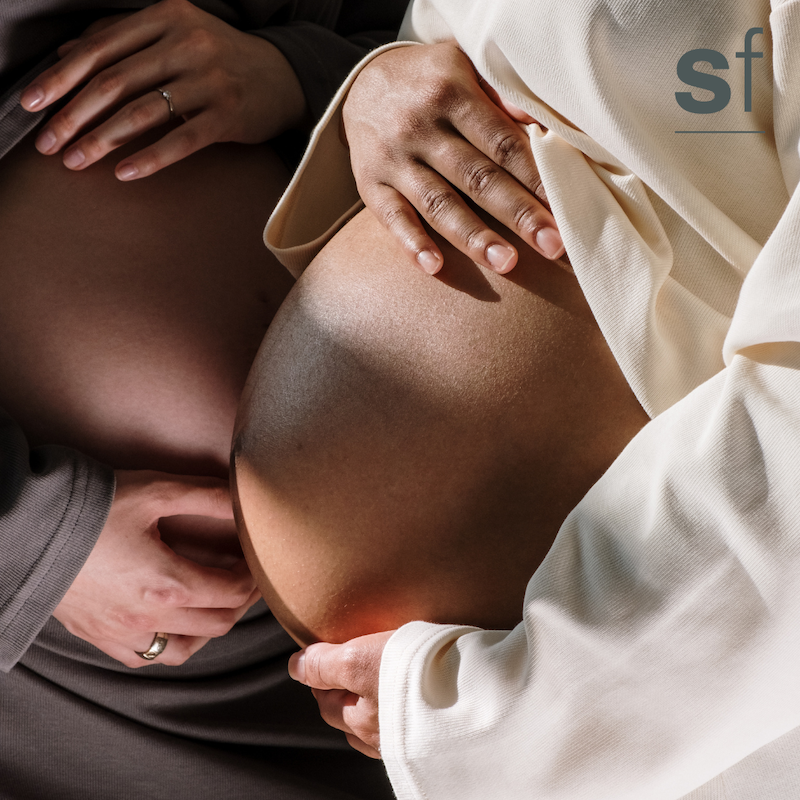
Pregnancy brings about a lot of changes with the body, but you may be surprised to learn that many of the changes involve your skin. Post-partum skin may show signs of pigmentation and darks spots, breakouts and acne as well as rashes and stretch marks.
“Your skin changes during pregnancy and sometimes these changes can persist afterwards. It can take a while for your skin to rebound after pregnancy, and we’re not just talking about your stretched-out belly. Dark patches across your forehead, nose and cheeks? It’s called melasma and it’s really common. Pregnancy acne? That can happen too,” explained Kevin Khosa Skin Expert with a (BSc) Human Physiology at SKIN functional.
Fortunately, blemishes and other skin changes that arise during the nine-month prelude to the big event will mostly resolve during the postpartum period. But if you’re still having breakouts, dry skin or other skin problems after pregnancy, here’s what may be going on and what you can do to pamper your postpartum skin:
The common changes that may arise:
- Hormonal swings that may cause breakouts and acne
- Hormonal changes causing pigmentation and dark patches / rashes
- Glandular changes
- Structural changes in your skin
- Pre-existing skin conditions that worsen (or sometimes improve) during pregnancy
The Solution: A gentle skin-revival routine
The best way to combat your skin changes and get it back on the straight and narrow while also trying to look after an infant is to establish and airtight morning and night time skincare routine.
- Wash your face twice daily. Use a mild cleanser and warm water.
- Moisturise. Do it after your shower and before bed.
- Avoid long, hot soaks or excessively hot showers. You don’t want to strip your skin of its natural oils. Instead, take a 10- to 15-minute shower or bath (perhaps with added bath oil) in luke warm water.
- Hydrate from within. Drinking plenty of fluids and including healthy, omega-3 fatty acids in your diet can help to keep your skin supple.
- Resist the urge to pick or squeeze. That could cause scarring.
- Use mild topical treatments that are suitable to your skin type and effectively address your concerns.
- Protect your skin from the sun. Apply a 30-or-greater SPF broad-spectrum sunscreen each day.
- Exercise a great deal of patience as it can take up to a year for hormones to normalise post pregnancy.
Pregnancy-related skin changes are common, and they often resolve on their own. You can expect to experience Melasma, also known as the “mask of pregnancy,” melasma leaves darker-hued splotches across a woman’s face. A rise in hormone levels plus exposure to the sun’s UVA and UVB rays cause hyperpigmentation. Fortunately, these patches of discoloration usually fade over time, although sun exposure can make it worse.
Linea nigra which is Latin for “black line,” is a darkening of the vertical band of fibrous connective tissue the runs from your navel to your pubic region. Again, this type of pigmentation is due to hormonal changes. The tell-tale line usually fades within months.
And lastly, stretch marks. Moms-to-be know all about the red, brown or purple lines that streak their bellies during pregnancy. Butts, thighs, hips and breasts can get stretch marks too. They are thought to be the result of both physical (due to stretching and pulling of the skin) and hormonal changes. Stretch marks probably won’t disappear entirely, but they can fade over time, becoming flesh-toned. Once baby has been born and moms are no longer breast feeding, introducing retinoids to address the stretchmarks can have phenomenal results.
“Ingredients that are safe to use during this time of transition in your life are mineral sunscreens, benzoyl peroxide, Niacinamide, Bakuchiol, Azelaic acid, and Vitamin C. These ingredients can help with common pregnancy side effects like melasma and acne. You may also want to look for skincare products that have niacinamide, zinc and hyaluronic acid to assist your skin with hydration, breakouts and managing dark marks,” added Khosa.
